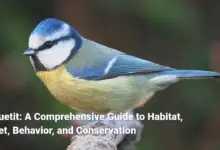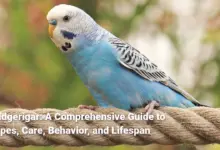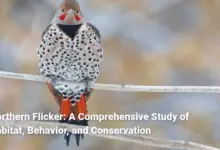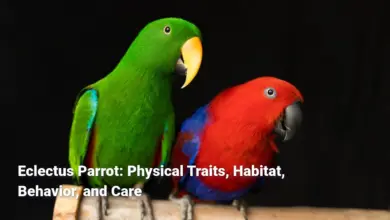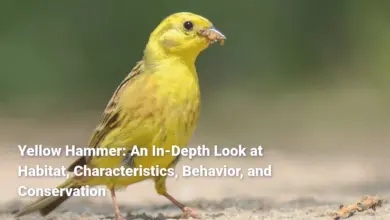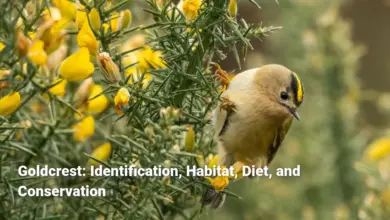Mockingbird in Literature, Nature, and Culture: An In-depth Analysis
Unveiling the Mockingbird's Symbolism in Literature, Its Natural Habitat and Behavior, and Its Lasting Impact on Popular Culture.
The mockingbird, a charming songbird native to North America, is often celebrated both for its melodious voice and its rich symbolism in literature and culture. This avian wonder, particularly the Northern Mockingbird (Mimus polyglottos), captures the imagination of poets, writers, and artists alike, often serving as a metaphor for innocence, freedom, and the purity of soul. With its remarkable ability to mimic the sounds of other birds and environmental noises, the mockingbird embodies a deeper connection to themes of communication, adaptability, and the intricate tapestry of life that surrounds us. This versatility has led to its symbolic representation in numerous cultural contexts, and it has occupied a significant role in various literary works, most notably Harper Lee’s acclaimed novel To Kill a Mockingbird. In this multi-faceted exploration, we will delve into the mockingbird’s symbolism in literature, its representation of innocence, its cultural significance, its behavior in the natural world, and much more. This journey through the life and lore of the mockingbird presents a nuanced understanding of why this tiny creature is revered as an emblem of virtue and beauty.
Symbolism in Literature
The mockingbird has emerged as a powerful symbol of innocence and virtue in literary discourse, particularly evident in works like To Kill a Mockingbird. In this context, the mockingbird represents those individuals who embody purity and goodness, who contribute positively to society yet are often victimized by the harsh realities of life. The phrase, “It’s a sin to kill a mockingbird,” epitomizes the concept that harming those who do no evil represents a profound moral failure. This symbolism resonates deeply in the narrative, aligning the mockingbird with characters such as Tom Robinson and Boo Radley, who, despite their innocence, suffer from a cruel and unjust society.
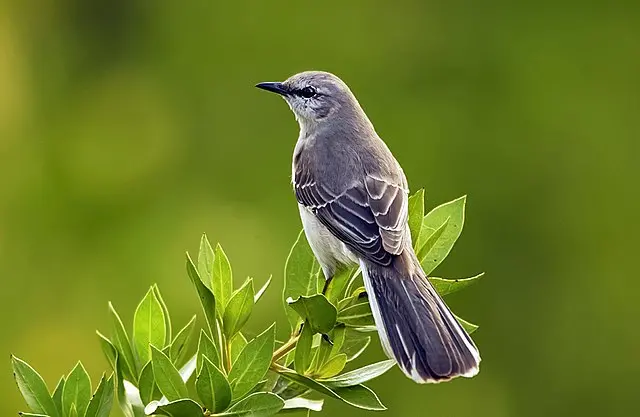
Key Elements of Mockingbird Symbolism
- Innocence and Purity: The mockingbird symbolizes the inherent goodness within individuals. Characters like Tom Robinson, who face persecution without cause, exemplify this notion.
- Protection and Preservation: The mockingbird serves not only as a symbol of innocence but also of the need for safeguarding those who are vulnerable, making it relevant in discussions of social justice.
- Cultural Variations: Across different cultures, the symbolism of the mockingbird can shift slightly, representing varied facets of innocence, wisdom, and harmony.
These themes create a rich narrative that critiques societal injustices. The mockingbird’s significance in literature challenges readers to reflect on their values, urging introspection on issues of morality and social responsibility. It invites thoughtful conversations regarding the cost of innocence lost to prejudice and cruelty, instigating change, and compassion in our lives.
Summary of Mockingbird Symbolism in Literature
- Innocence and Moral Integrity: The bird stands as a testament to the purity of spirit found in innocents.
- Protection of the Vulnerable: The mockingbird exemplifies the societal duty to protect those who cannot defend themselves.
Through its literary significance, the mockingbird ultimately teaches lessons of empathy, integrity, and the importance of standing against injustice.
References and Further Readings
- Lee, Harper. To Kill a Mockingbird. J.B. Lippincott, 1960.
- Liu, Xi, and Zhang, Li-li. “Symbolism in Literature.” Journal of Literary Studies, vol. 42, no. 2, 2023.
Key Takeaway
The mockingbird’s role in literature enhances our understanding of societal flaws and the necessity of compassion in a world often marred by prejudice.
The Mockingbird as a Symbol of Innocence
In literature, the mockingbird often represents an intricate web of concepts tied closely to innocence, purity, and the fragility of goodness in the world. To Kill a Mockingbird brilliantly illustrates this through its characters, particularly Tom Robinson, whose innocence stands at odds with the prejudice engulfing him. This structural framework positions the mockingbird as an emblem of moral truth, emphasizing the sin of harming those who do no harm themselves.
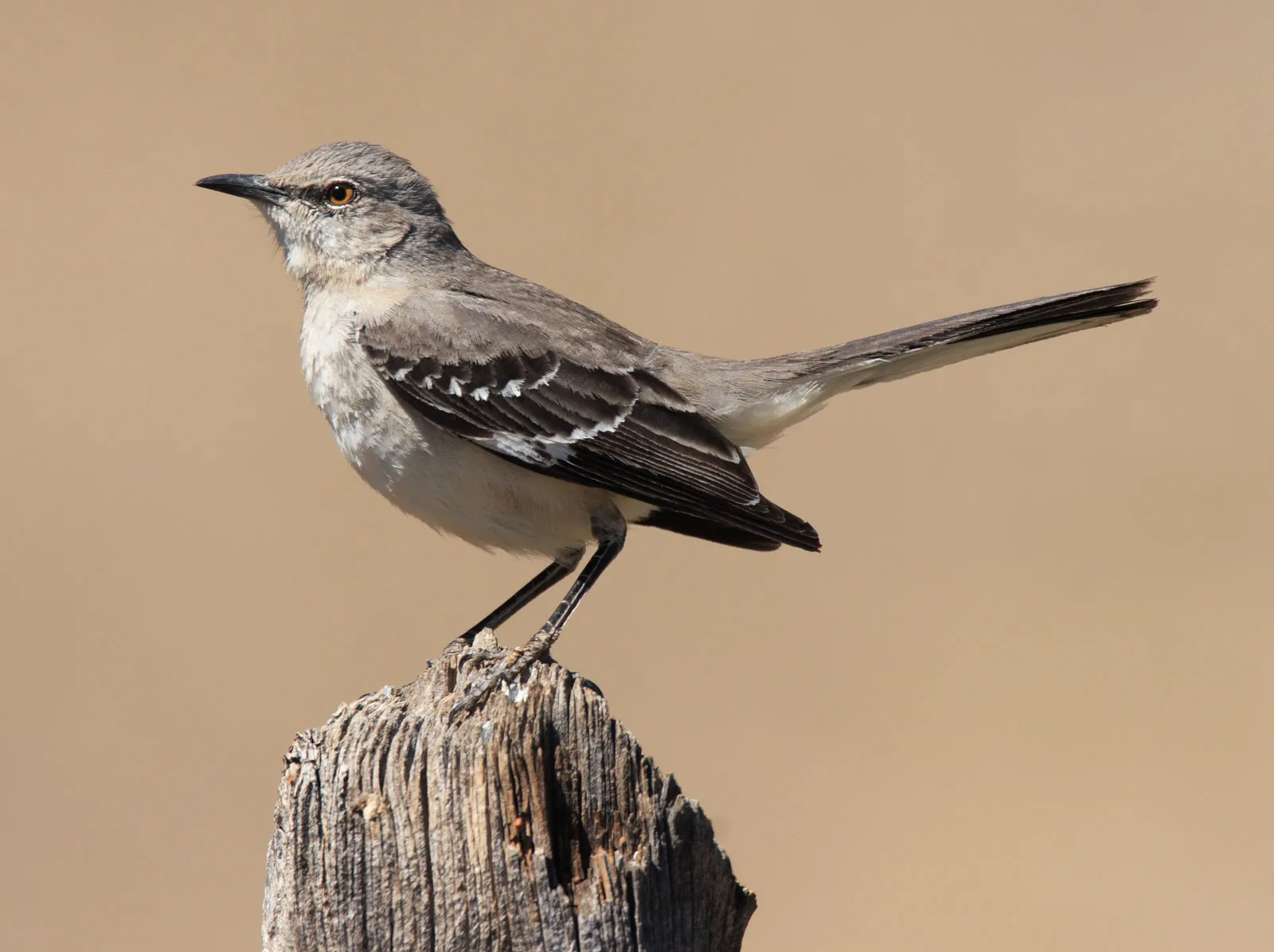
The mockingbird’s song is symbolic of beauty and grace, echoing the essence of purity in a world littered with darkness. Atticus Finch’s assertion that it is morally reprehensible to kill a mockingbird encapsulates the idea that each person’s innocence is sacred and worth preserving. In a society rife with injustice, the mockingbird compels the reader to examine the moral implications of actions that threaten the innocent.
Another poignant example of the mockingbird’s symbolism can be found in Boo Radley, whose misunderstood and reclusive nature parallels that of the bird itself. Boo, much like the mockingbird, embodies innocence and vulnerability. People’s misconceptions and fears imprison him just as societal judgements distort the perceived reality of many marginalized individuals. Through these characters, Lee crafts a compelling narrative on the propensity for goodness to be overshadowed by ignorance and bias.
In broader literary contexts, the mockingbird resonates as a universal metaphor for those marginalized by society. Innocent individuals, like the mockingbird, often risk being silenced in the din of societal conflict and injustice, prompting a reflection on the depth of human empathy and responsibilities toward one another. This symbolism urges readers to advocate for protection and respect for the innocent, thus reinforcing the need for moral integrity and social awareness.
In summary, the mockingbird symbolizes a fragile yet beautiful essence of innocence that demands preservation and respect. The cries of these songbirds beckon for a world where goodness prevails and individuals are safeguarded against the harsh winds of injustice.
Cultural Significance of the Mockingbird
The significance of the mockingbird extends beyond its ecological presence; it plays pivotal roles in various cultures, embodying myriad meanings shaped by traditions and narratives. Understanding the mockingbird within different cultural contexts enriches our appreciation of its symbolic depth while reflecting on universal themes of communication, wisdom, and survival.
In Native American mythology, the mockingbird is esteemed as a wise teacher and guardian. Its ability to mimic sounds is revered, often seen as bridging the connection between the human world and the spirit realm. According to various tribes, the mockingbird not only imparts lessons but also serves as a protector of the innocent, guiding individuals towards choices rooted in integrity.
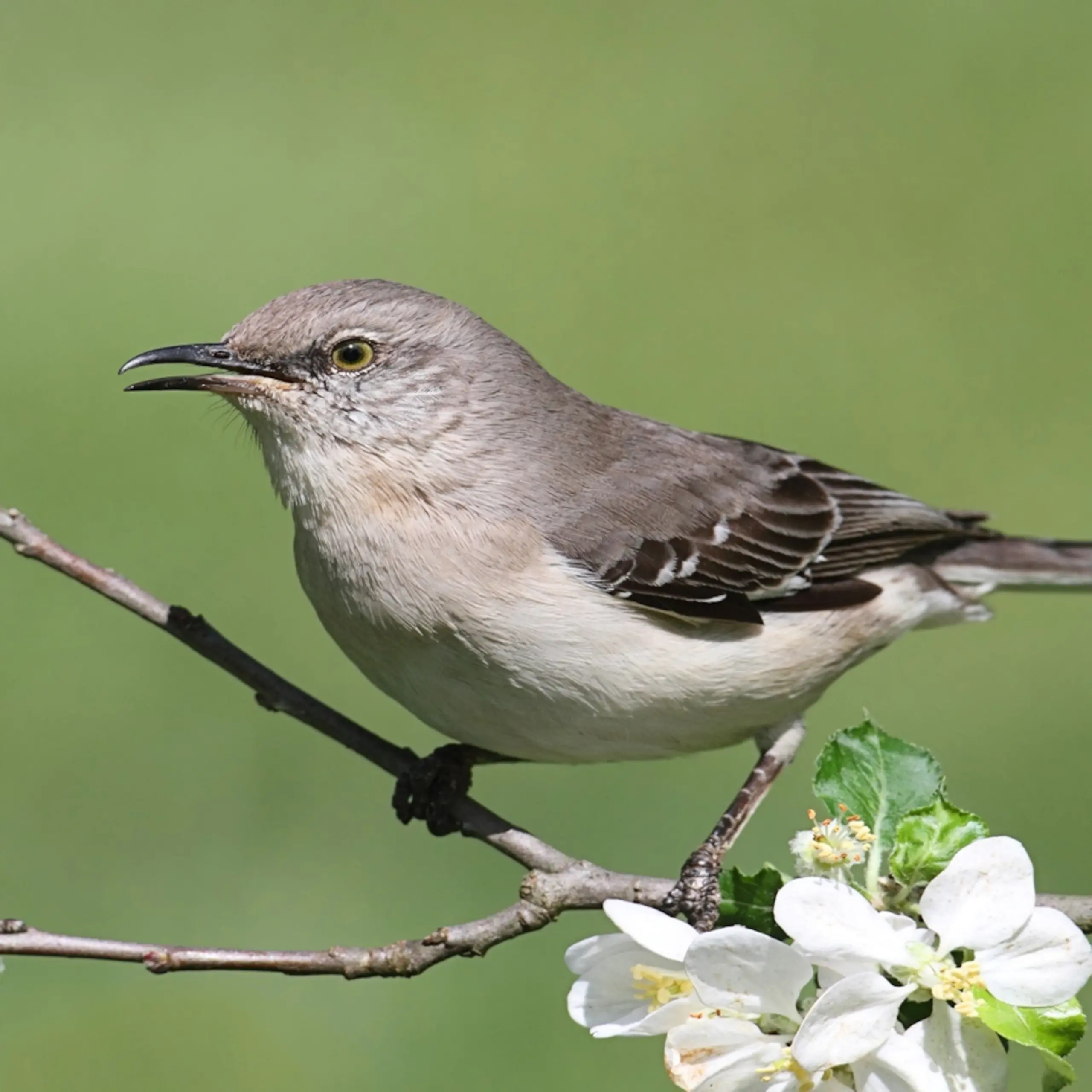
Southern U.S. culture, particularly in literature and folklore, elevates the mockingbird as a symbol of southern pride and hospitality. The bird’s sweet melodies often evoke feelings of nostalgia and warmth associated with home and community, making it an integral part of southern identity.
In Japanese culture, the mockingbird represents happiness and prosperity. Known as uguisu, the bird’s song heralds the arrival of spring, symbolizing renewal and abundant joy.
These cultural interpretations underscore a shared acknowledgment of the mockingbird as a vessel of communication and connection across diverse demographics. Its song, serving as both a comfort and a warning, reflects the myriad complexities of human emotion and experience.
As we explore these cultural variations, we uncover deeper meanings of the mockingbird, enriching our understanding of its role as a symbol that resonates across boundaries. It is through this diverse lens that the mockingbird stands not merely as a bird in nature but as a profound cultural entity eliciting themes of hope, resilience, and protection of innocence.
Summary of Cultural Significance of the Mockingbird
- Native American: Tied to wisdom and protection, facilitating connections between realms.
- Southern U.S.: Represents pride, hospitality, and the essence of home.
- Japanese: Symbolizes happiness and the renewal of life.
In essence, the mockingbird weaves through human cultures, embodying values that resonate deeply within society’s collective consciousness.
Mockingbirds in the Natural World
Mockingbirds, particularly the Northern Mockingbird, are remarkable creatures known for their vibrant presence in the landscapes of North America. Their adaptability to various environments not only highlights their resilience but also solidifies their status as a significant species. Found in urban settings, gardens, and open fields, these birds showcase the delicate balance between nature and civilization.
Habitat and Behavior of Mockingbirds
Northern Mockingbirds inhabit a diverse range of environments, from urban gardens to wild, open fields. They demonstrate an impressive adaptability to changing landscapes, often thriving in areas populated by humans. Mockingbirds prefer habitats that offer ample nesting sites typically shrubs, small trees, and urban parks where they can build their nests 1 to 3 feet off the ground, providing necessary cover from predators. The urban landscape, filled with gardens and greenery, offers a prime example of their ability to coexist with human development.
Mockingbirds are notably territorial, fiercely defending their nesting areas against intruders. Their behavior consists of energetic displays, utilizing their remarkable vocalizations to assert dominance and attract mates. Their songs are characterized by a rich repertoire, often featuring imitations of other birds’ calls and various environmental sounds. This mimicry serves crucial functions in communication, showcasing their intelligence and versatility.
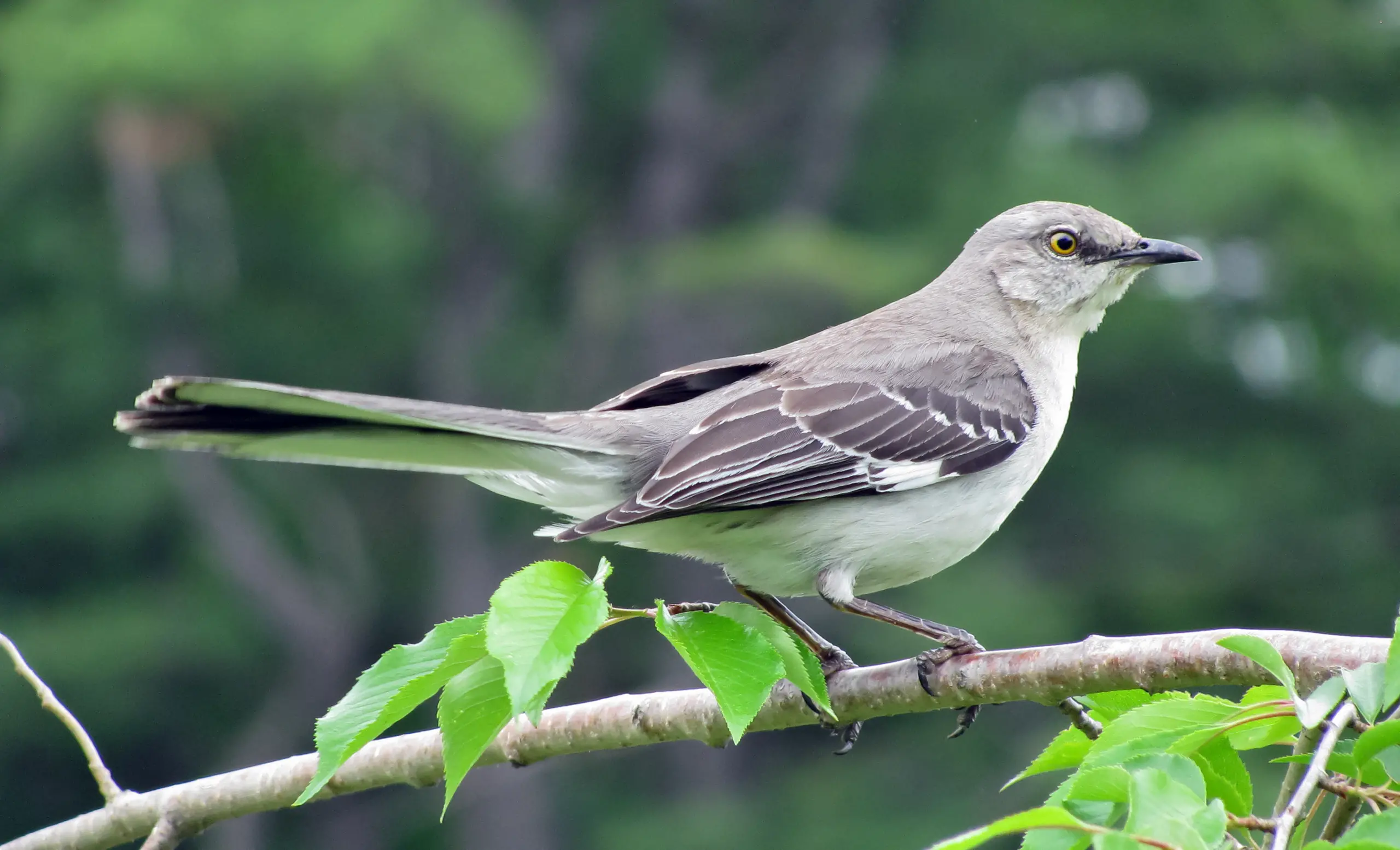
During the breeding season, mockingbirds exhibit complex behaviors, displaying their skills through aggressive dives aimed at potential threats. Their protective nature is vital for ensuring the survival of their young, and their vocal abilities play an instrumental role in territorial defense. This combination of intelligence and protective instincts paints a picture of a bird deeply integrated into its environment, capable of nuanced interactions that reflect its adaptability.
In summary, mockingbirds thrive in varied habitats, exhibiting behaviors that highlight their territorial nature and vocal prowess. Their ability to adapt harmoniously to different environments, while fiercely protecting their nests, enriches the landscape ecology they inhabit.
Diet and Feeding Habits of Mockingbirds
Mockingbirds are exceptional feeders, exhibiting an omnivorous diet that allows for a flexible approach to foraging. Their adaptability extends to their feeding behavior, which shifts with the seasons and availability of food sources. This versatility is a crucial aspect of their survival strategy.
The Northern Mockingbird primarily consumes:
- Insects: During the breeding season, 85% of their diet consists of insects, including grasshoppers, beetles, and caterpillars, providing essential protein for their growing young.
- Fruits and Berries: In winter months, mockingbirds shift to a plant-based diet, primarily consuming berries, apples, and grapes. This dietary transition highlights their role in seed dispersal, contributing to plant biodiversity.
- Seeds and Flowers: Additionally, mockingbirds forage for seeds and flowers, adding variety to their diet and ensuring access to essential nutrients.
Mockingbirds are opportunistic feeders, adapting their foraging behavior based on food availability. Their agility enables them to hunt insects mid-air, and their ground foraging techniques involve a unique walking or hopping motion to uncover hidden prey. This foraging adaptability, coupled with their ability to consume a wide variety of foods, exemplifies the ecological role they play as both predators and seed dispersers.
In summary, mockingbirds possess diverse and adaptable dietary habits, facilitating their survival across various habitats. Their role as omnivorous feeders underscores their ecological significance within the ecosystems they inhabit.
Mockingbird in Popular Culture
The mockingbird has transcended its role as just a bird in nature, making significant appearances across various facets of popular culture. Its presence in literature, film, and music underscores its powerful symbolism while reinforcing themes of innocence, protection, and resilience. The enduring legacy of the mockingbird, especially highlighted in Harper Lee’s To Kill a Mockingbird, continues to resonate with audiences and inspire discussions around morality and justice.
References to Mockingbirds in Film
The impact of To Kill a Mockingbird on popular culture is profound, influencing various films and television shows. Atticus Finch, portrayed by Gregory Peck, has become an icon representing moral integrity, setting the stage for narratives that grapple with themes of justice and childhood innocence. Some notable references to mockingbirds in film include:
- Freedom Writers (2007): This film draws parallels to To Kill a Mockingbird by depicting a teacher who inspires her students, invoking Atticus Finch’s legacy while tackling issues of prejudice.
- Just Mercy (2019): The film references the novel’s themes of racial injustice and moral courage, echoing the lessons taught by Lee’s characters in the face of systemic racism.
Television has also showcased the influence of To Kill a Mockingbird, with shows incorporating references that honor its significance:
- Frasier: An episode titled “To Kill a Talking Bird” cleverly plays off the original novel’s title, exploring themes of communication and misunderstandings.
- The Simpsons: Parodies related to the book, such as “To Kill a Talking Bird,” reflect the narrative’s cultural importance and how it has permeated contemporary humor.
These various references illuminate the mockingbird’s enduring presence in media and highlight the need for continued discussion around its themes of justice and moral integrity. The blending of the mockingbird’s symbolism into popular culture showcases its ability to inspire, challenge, and evoke feelings that resonate across generations.
The Mockingbird in Modern Music
The influence of the mockingbird reverberates through modern music, often capturing themes of innocence, protection, and familial love. Artists frequently turn to the bird as a metaphor for the deeper connections shared between individuals, especially in the context of protecting loved ones.
- Eminem’s “Mockingbird” serves as an emotional portrayal of a father’s love, illustrating feelings of vulnerability and the desire to shield one’s family from life’s hardships.
- “Hush, Little Baby,” a traditional lullaby that mentions the mockingbird, imbues the bird with a comforting essence, invoking themes of care and parental love.
Beyond specific songs, the mockingbird often represents broader cultural ideas tied to resilience and compassion within the song’s lyrics. The adaptability of the mockingbird as a creature capable of thriving in various environments reflects modern themes of survival, making it a relevant figure within today’s music landscape.
Additionally, the environmental symbolism of the mockingbird serves an important role in conservation discussions within the music community, as artists draw attention to the necessity of protecting nature.
In conclusion, the mockingbird manifests in modern music as a powerful symbol of love and protection while addressing broader narratives concerning resilience and the need for ecological preservation. Through its appearances in popular culture, the mockingbird’s timeless resonance creates meaningful dialogues around compassion and empathy.
Conservation and Environmental Impact
As the mockingbird continues to thrive across various regions of North America, conservation efforts play a crucial role in safeguarding its habitats and maintaining ecological balance. The mockingbird’s adaptability allows it to inhabit urban and rural environments, yet ongoing challenges must be addressed to ensure its continued presence in the ecosystem.
Threats to Mockingbird Populations:
- Habitat Loss and Urbanization: The expansion of cities and agricultural land significantly impacts mockingbird populations. As natural habitats are altered or destroyed, the availability of suitable nesting and foraging spaces declines. This diminishes their reproductive success and threatens their overall survival.
- Climate Change: Alterations in climate patterns can disrupt the availability of food sources, as fluctuations in insect populations inevitably impact the mockingbird’s diet. These shifts can also affect their migration patterns and breeding behaviors.
- Competition and Predation: Mockingbirds face challenges from both competition for resources and predation. Changes in ecosystems can intensify competition and also expose them to increased predatory threats.
Conservation Efforts:
- Habitat Preservation: Various conservation initiatives focus on maintaining and restoring the natural habitats essential for mockingbird survival. Efforts include creating parks, enhancing green spaces, and protecting local ecosystems.
- Public Awareness: Engaging communities through educational campaigns about the ecological value of mockingbirds fosters greater support for conservation efforts. Understanding how individual actions affect local wildlife encourages stewardship and responsibility.
- Research and Monitoring: Ongoing research is vital for tracking mockingbird populations and understanding environmental changes. Data-driven insights are essential for creating effective conservation strategies and adapting to emerging challenges.
Through these collective conservation efforts, we can help ensure that the mockingbird continues to thrive, serving its vital role within our ecosystems while embodying the values of resilience and adaptability.
Summary of Conservation and Environmental Efforts
- Habitat Loss: Urban expansion and agricultural development threaten mockingbird habitats, necessitating preservation efforts.
- Public Engagement: Awareness campaigns foster a sense of stewardship for mockingbirds and their ecosystems, promoting community involvement in conservation.
Ultimately, through proactive conservation measures and community advocacy, we can uphold the mockingbird’s legacy and safeguard their presence in the diverse environments they enrich.
Teaching Through “To Kill a Mockingbird”
Using To Kill a Mockingbird in educational settings offers profound opportunities for exploring significant themes that resonate with contemporary societal issues. This multi-layered novel invites students to engage with complex moral questions and challenges them to reflect on their values and beliefs. The lessons derived from various thematic elements encourage critical discussions in classrooms, making the text an invaluable educational tool.
Themes and Lessons from the Novel
- Racial Injustice and Prejudice: At the heart of the narrative lies a powerful examination of racial injustice, primarily imparted through the trial of Tom Robinson. This theme enables students to reflect on contemporary societal inequalities and the ongoing struggle for racial justice.
- Loss of Innocence: As Scout and Jem navigate their childhood, they experience moments that shatter their innocence. This theme fosters discussions about growing up in a complex world, allowing students to explore their experiences and the impact of societal challenges on youth.
- Moral Development and Empathy: Atticus Finch’s role as a moral guide shapes the narrative’s ethical center. His lessons on empathy prompt students to consider different perspectives, fostering emotional intelligence and compassionate discourse about real-world issues.
These themes not only enhance students’ reading experience but also equip them with critical tools to navigate their societal landscapes. By fostering conversations around injustice, morality, and compassion, To Kill a Mockingbird serves as a bridge between literature and real-world challenges, ultimately guiding students towards becoming more informed and empathetic individuals.
Summary of Educational Themes
- Racial Justice: In-depth discussions challenge students to engage critically with themes of race and justice.
- Empathy Development: Lessons from Atticus Finch encourage students to cultivate compassion and understand diverse perspectives.
With its rich thematic narratives, To Kill a Mockingbird remains a timeless resource for educators, inspiring deeper understanding and meaningful dialogue among students.
Character Analysis of Atticus Finch as a Moral Guide
Atticus Finch, a character epitomizing moral integrity and courage, serves as a guiding figure in To Kill a Mockingbird. His profound sense of justice and empathetic nature profoundly influences his children, Scout and Jem, shaping their moral compass amidst the societal prejudices of Maycomb. Throughout the novel, Atticus’s actions and philosophies illuminate the importance of doing what is right, despite popular disapproval.
One of Atticus’s most significant contributions to the narrative is his unwavering commitment to defending Tom Robinson, a Black man falsely accused of raping a white woman. Atticus stands firm in his belief that everyone deserves justice, explaining to Scout that he must defend Tom not just for Tom’s sake but for his own integrity. He states, “The main one is, if I didn’t I couldn’t hold my head up in town.” This moral fortitude exemplifies Atticus’s capability to uphold principles of fairness and dignity, even amidst community backlash.

Atticus not only encourages his children to embrace empathy but also models it through his own interactions. His advice to Scout to “climb into another’s skin and walk around in it” underscores his belief in understanding and respecting differing perspectives. This wisdom nurtures Scout and Jem’s moral growth, guiding them towards compassion and understanding in a world rife with prejudice and intolerance.
Through his calm demeanor and principled stance against injustice, Atticus Finch becomes a timeless beacon of moral guidance. His teachings encourage individuals to think critically and stand up for equity, inspiring generations of readers to pursue justice and practice empathy in their lives.
Summary of Atticus Finch’s Character
- Moral Integrity: Atticus embodies the principles of justice, demonstrating the importance of standing up for the innocent.
- Empathy-Driven Parenting: His teachings on empathy shape Scout and Jem’s understanding of human nature.
Ultimately, Atticus Finch’s character transcends the pages of Lee’s novel, resonating deeply within the societal challenges we continue to confront. Through his unwavering commitment to justice and compassion, Atticus serves not only as a parental figure but as a moral compass for readers, inspiring us all to uphold the values of integrity and empathy in our lives.
In conclusion, the mockingbird, both as an entity in nature and a symbol in literature, weaves a profound narrative about innocence, justice, and human compassion. Through its rich cultural significance, natural behaviors, and literary representations, the mockingbird emerges as a timeless reminder of the delicate balance between goodness and the societal challenges that seek to undermine it. Whether through the lens of To Kill a Mockingbird or cultural expressions reflecting its symbolism, the mockingbird encapsulates essential truths about humanity’s struggle for justice, the power of empathy, and the necessity of safeguarding innocence in an often harsh world. Through understanding and celebrating the significance of the mockingbird, we honor the values it represents and aspire to create a more compassionate and just society.


